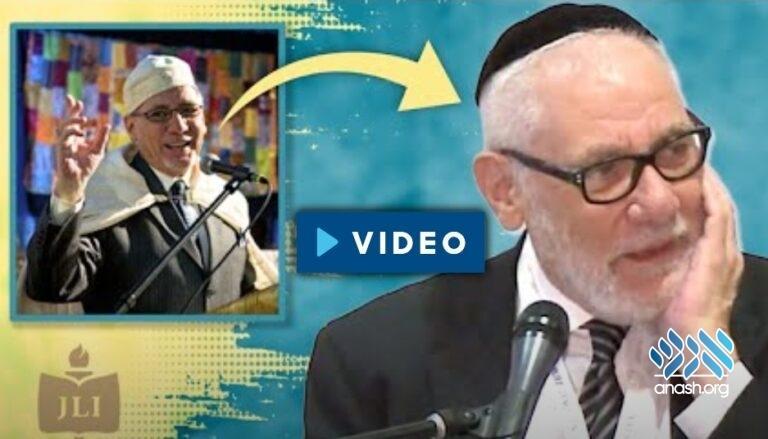Young Burt Aaron Siegel dreamed of becoming a Rabbi at the tender age of six. But his journey to getting there was anything but simple.
Young Burt Aaron Siegel dreamed of becoming a Rabbi at the tender age of six.
But his journey to getting there was anything but simple.
It began in a humble shul in upper Manhattan, where upon seeing the swaying men draped in Taleisim, he wondered what they were hiding from.
The young boy promised himself he would find them.
Raised in a culturally Jewish home, surrounded by the kind of Judaism where your mother lit candles because her mother did, Burt Aaron craved something more.
His adolescence eventually landed him in University, where he attended classes at the local Hillel in Jewish rational philosophy and mythology, identifying as a proud Zionist Jew. From there he moved to rabbinical school, where he veered from the study of Talmud and Shulchan Aruch and instead took pastoral counselling: How to give a sermon, how to teach in Sunday school. He was finally going to become a Rabbi.
Eventually landing a position as the pulpit of a prominent Reform temple in the heart of New York City, Rabbi Siegel still couldn’t find what he was looking for. The shul he had painted in his mind’s eye was not the one he now led in service.
So, like many other spiritual seekers, he found his freighted yet excited self in the bustling airport of New Delhi, India – an enticing home for the enlightened.
Starting off in a little town in the foothills of the Himalayas, he was naturally drawn to the meaningful mediations and ethical ideals of Buddhism. But as a man in love with G-d, chasing a religion that didn’t believe in one, he quickly gave it up. Hinduism didn’t satiate his thirst for spirituality either, because a Jew didn’t reject the world around them like the monks had told him to.
Trapped in an existential crisis, he began to despair.
But an inner voice echoed for him to keep searching. His soul-journey took him to Yerushalayim, to the Mayanot yeshiva for Baalei Teshuva.
For what would be one of the most transformative periods in his life, Rabbi Siegel found beauty and depth in the sichos and hora’os of the Rebbe.
Reform Judaism had classified teffilin as metaphorical, but for the very first time he donned his non-metaphorical set, suddenly spirituality was no longer just an idea. It wasn’t found in poetry or paintings, it was found in the concrete observances that shaped Jewish life.
Little by little he fell in love with Chabad.
Siegel navigated the fascinating world of Chassidus and Kabbalah, both testaments to the idea that real spirituality is the one that opens our hearts and our minds to a reality deeper than what meets the eye. He encountered the teachings that explained Moshiach and bittul and the purpose of existence.
For Burt Chabad meant passion. Chabad meant that Hashem filled his life, in all its entirety. Where the mundane became spiritual. Where the material became godly.
In the following years he connected with the Rebbe, taking frequent trips to the ohel and deepening his commitment to Chabad’s philosophy.
Siegel said the happiest years of his life began when he found Chabad. He finally felt that he had come home. What he found in Chabad was the truest version of himself.
At 72 years old Burt Aaron Siegel was now the man he’d always dreamed of becoming.
VIDEO:


Discussion
We appreciate your feedback. If you have any additional information to contribute to this article, it will be added below.